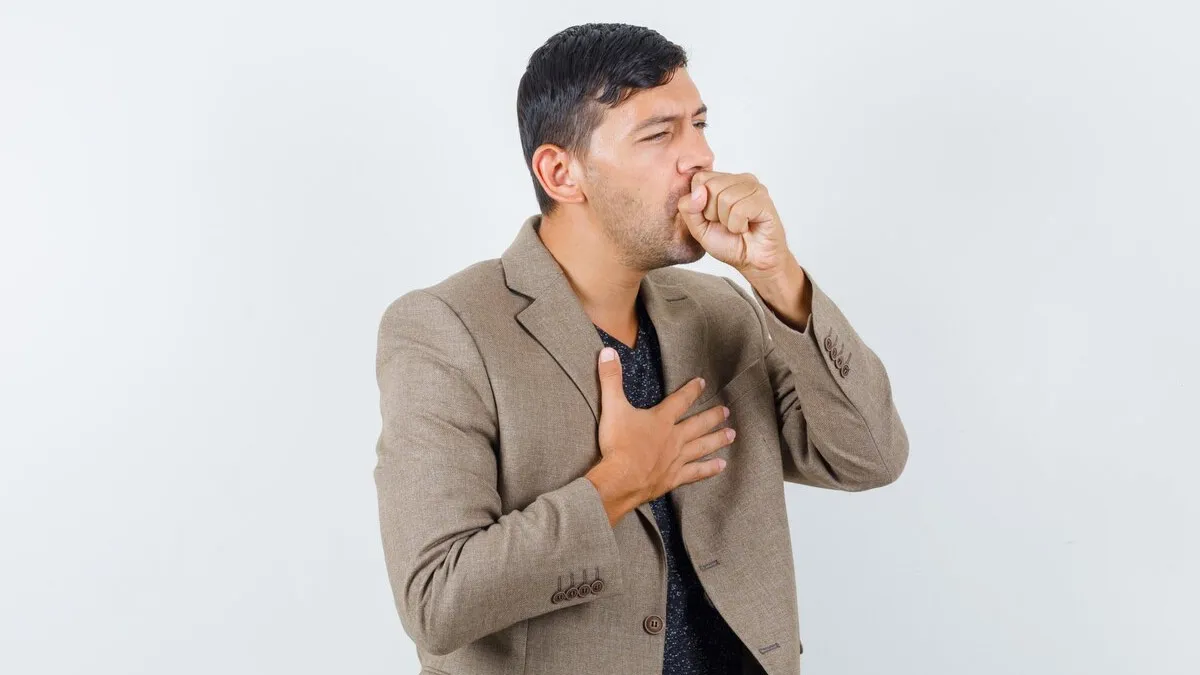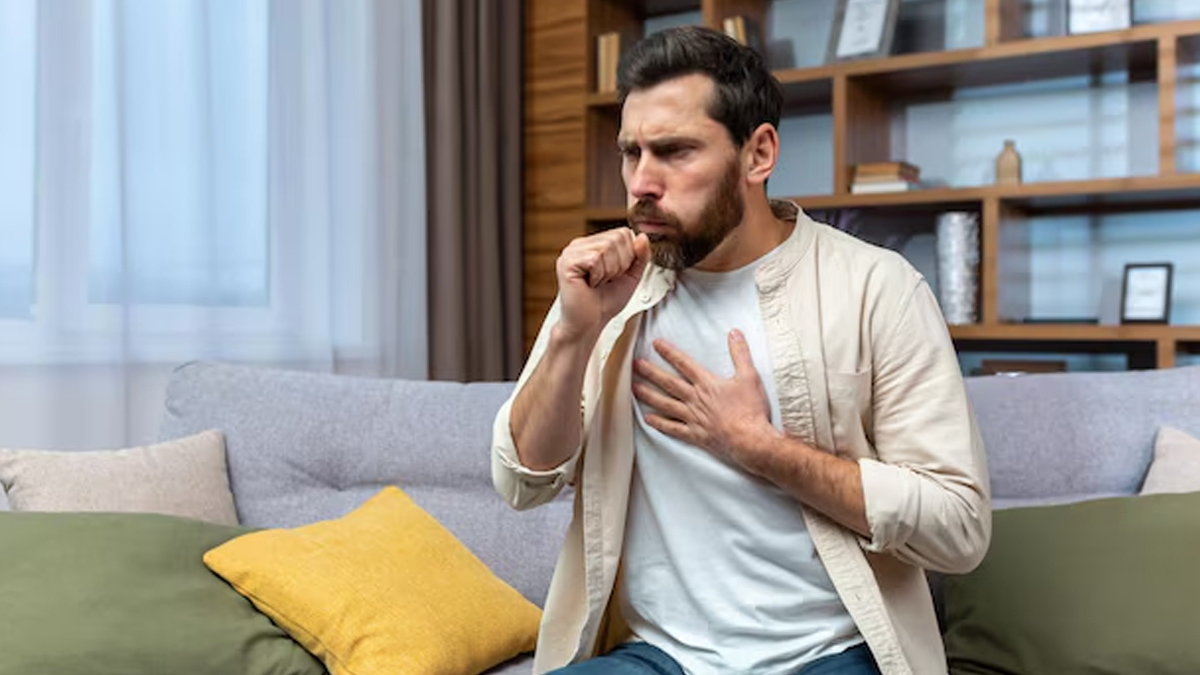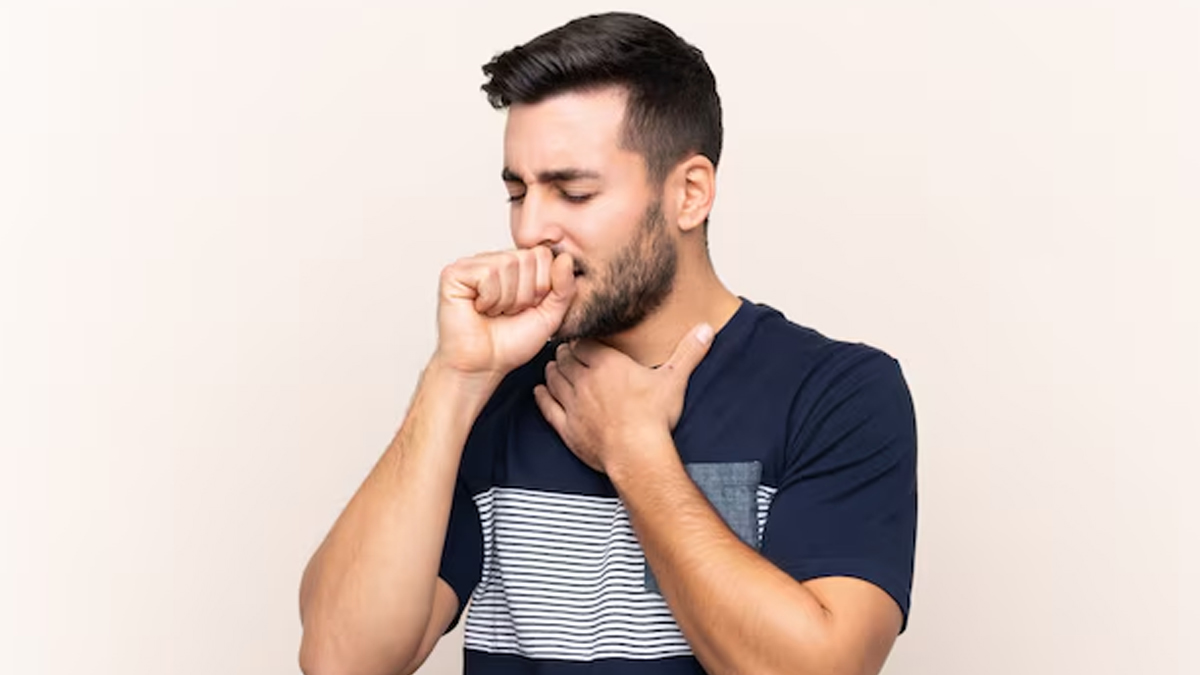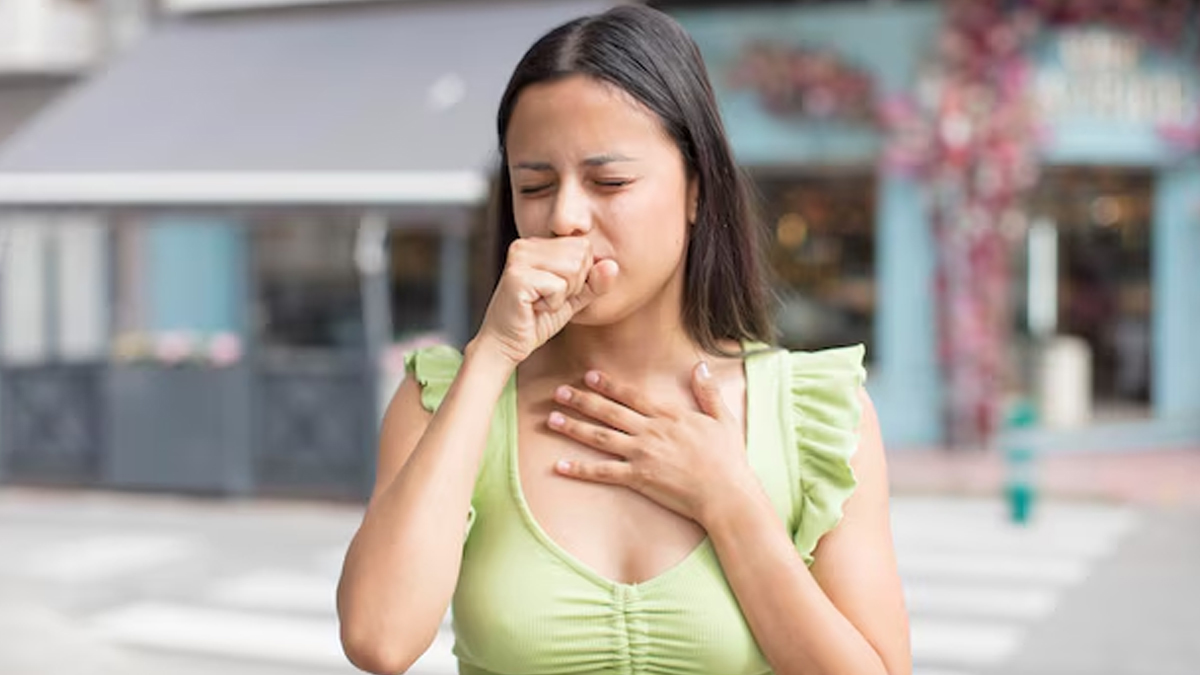
Abnormal breathing is often a sign of lung problems. These usually include conditions like tachypnoea (rapid breathing), bradypnoea (slow breathing), hyperventilation (increased rate and depth), or dysfunctional breathing patterns. In addition, rattled breathing or noisy breathing can also signal various health issues, some extremely concerning, demanding immediate medical attention.
Table of Content:-
In an interaction with the OnlyMyHealth team, Dr Devendra Kumar Singh, Senior Consultant, Pulmonologist, Sharda Care – Health City, Noida, discusses common causes of rattled breathing and when it indicates an emergency.
Also Read: When Every Breath Feels Like Drowning: What to Do About It
What Does Rattled Breathing Indicate In Adults And Kids?

Rattled breathing refers to breathing that includes crackles (rales), wheezing, and rhonchi sounds from the lungs. In adults and children, this type of breathing usually reflects narrowing or obstruction of the airway, explains Dr Singh.
He shares, "In children, one of the most frequent causes is croup, laryngomalacia, or aspiration of a foreign body." In adults, noisy breathing is often caused by allergic reactions, infections, or chronic respiratory conditions. Noisy breathing with difficult breathing, stridor, or cyanosis requires immediate attention."
Also known as 'death rattle', rattled breathing is a common symptom in dying patients, with a reported prevalence ranging from 12% to 92%, according to a 2014 study published in the Journal of Pain and Symptom Management.
When Is It Serious?
According to Dr Singh, noisy or rattled breathing in children and adults may indicate airway narrowing or obstruction. “Causes include croup, laryngomalacia, and foreign body aspiration in children. In adults, noisy breathing may be due to infections, allergies, or chronic respiratory conditions.”
When accompanied by laboured breathing, stridor, or cyanosis, it is important to see a doctor immediately. While stridor is a high-pitched, whistling sound during breathing, caused by a blockage or narrowing in the upper airway, cyanosis is a bluish or purplish discolouration of the skin and mucous membranes due to low oxygen levels.
Diagnostic Tests To Assess Rattled Breathing

To find the reason for noisy breathing, physicians can conduct the following tests:
Physical exam: The physician listens to sounds while breathing and observes for indications of airway obstruction.
Imaging tests: Chest or neck X-rays, CT scans, or MRIs reveal structural problems or foreign material.
Lung function tests: Spirometry is used to quantify airflow to determine the presence of conditions such as asthma.
Endoscopy: Flexible laryngoscopy or bronchoscopy enables physicians to visualise the airway directly for abnormalities.
Also Read: Is It Safe to Use Mouth Tape while Sleeping? What You Need to Know
Management And Prevention Of Conditions That Cause Rattled Breathing

To control or avoid conditions causing rattled breathing:
- Avoid smoking and pollutants: Stop smoking and avoid secondhand smoke and other airborne pollutants to safeguard your lungs.
- Practice good hygiene: Regularly wash your hands and keep a distance from persons with infections to avoid respiratory infections.
- Be current with vaccinations: Vaccinate against flu, pneumonia, and other respiratory infections to minimise the risk of infections.
- Control allergens and air: Maintain a clean living space, utilise air purifiers, and control allergens to lower respiratory irritants.
Conclusion
Rattled breathing is your body’s way of signalling that something might be wrong. While it’s often related to less serious issues, sometimes it can be a sign of a more serious condition that needs immediate care. Staying vigilant, trusting your instincts, and seeing a doctor when symptoms worsen can make all the difference. And by taking simple steps, avoiding smoke, reducing allergens, washing your hands, and keeping up with vaccines, you can help protect yourself and your family’s health.
Also watch this video
How we keep this article up to date:
We work with experts and keep a close eye on the latest in health and wellness. Whenever there is a new research or helpful information, we update our articles with accurate and useful advice.
Current Version